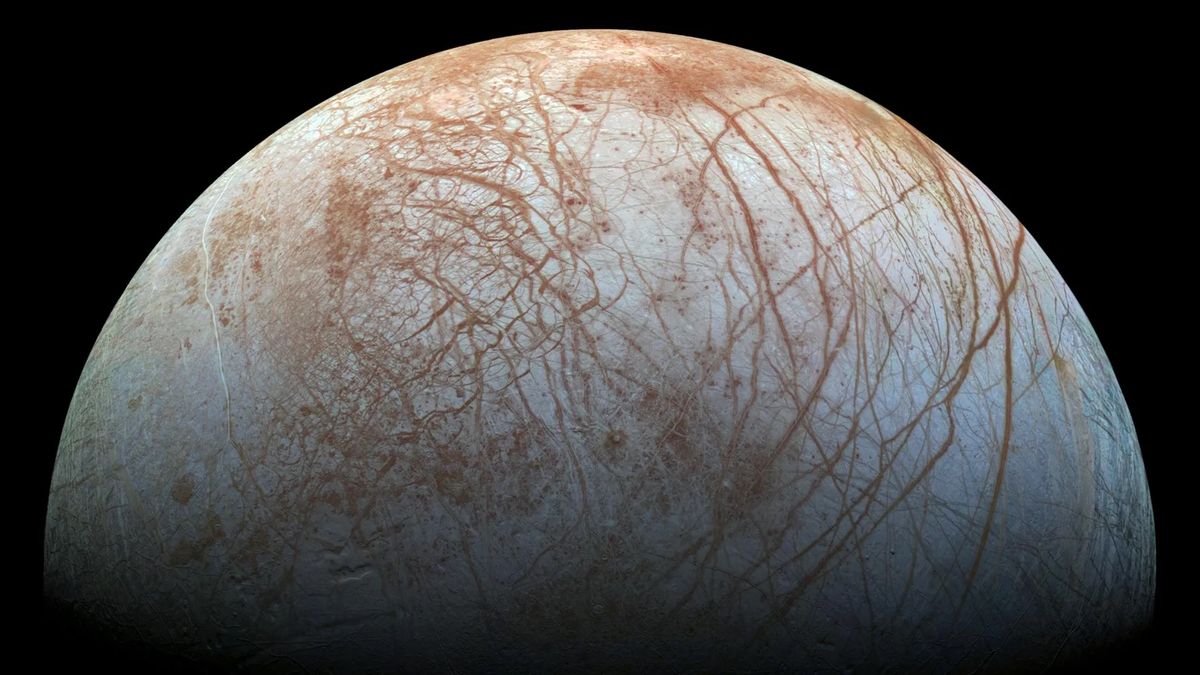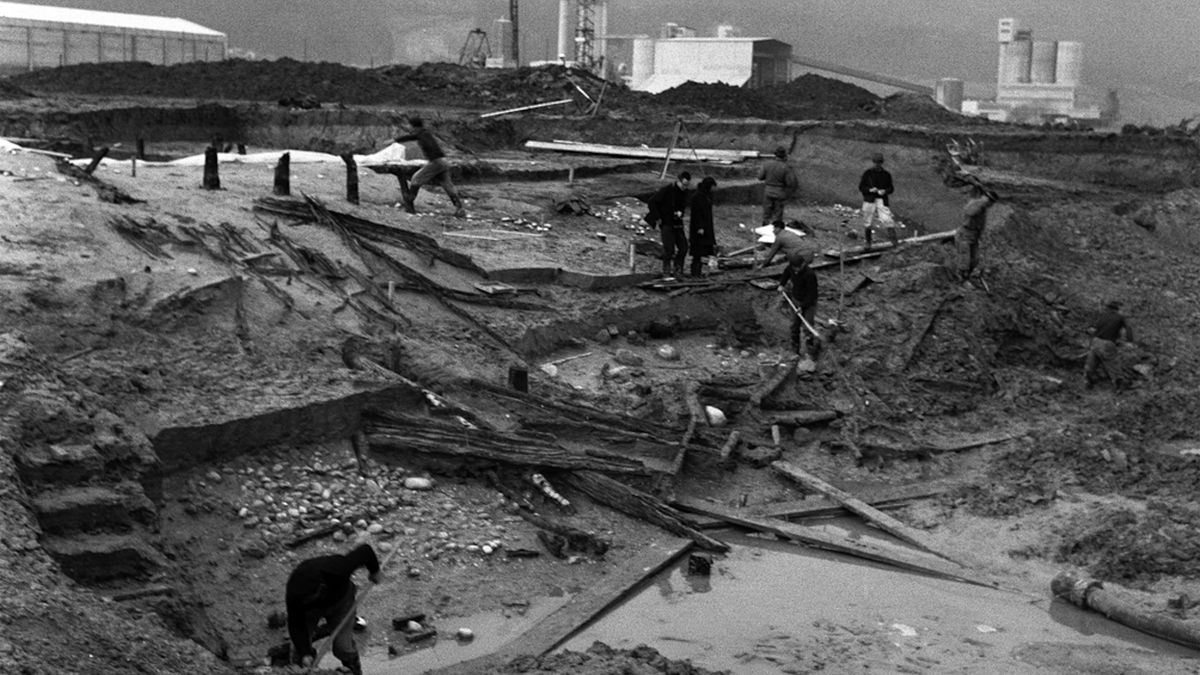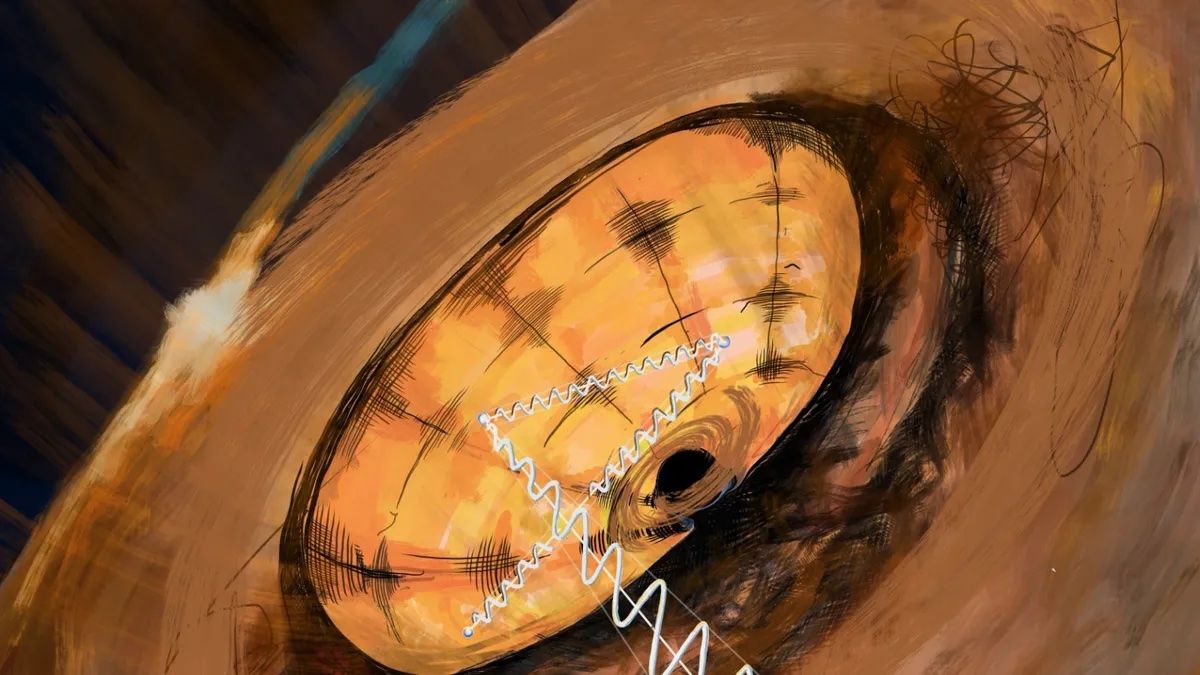QUICK FACTS
Name: Argyle diamond mine
Location: East Kimberley, Western Australia
Coordinates: -16.719356354801818, 128.38492713535314
Why it’s incredible: The now-closed mine is the source of 90% of pink diamonds on Earth.
The Argyle mine held the biggest cache of pink diamonds ever discovered on Earth. Unlike blue and yellow diamonds, which are tinted by impurities like nitrogen and boron, pink diamonds get their color through geological processes that distort their crystalline structure. Pink diamonds are extremely rare and can fetch more than $2 million per carat (1 carat is equal to 0.2 grams, or 0.007 ounces), according to the International Gem Society.
The Argyle mine closed in 2020 due to a dwindling supply of diamonds and unfavorable economic conditions, including a rise in operational costs. The mine sits on the shores of Lake Argyle in a remote region of northeast Western Australia, 340 miles (550 kilometers) southeast of Darwin. Mining operations there lasted 37 years and yielded more than 865 million carats (191 tons, or 172 metric tons) of rough diamonds — including white, blue, violet, pink and red diamonds, according to Rio Tinto, the company that owned and operated the mine.
Related: Fountains of diamonds that erupt from Earth’s center are revealing the lost history of supercontinents
The Argyle rock formation is an unusual spot for diamonds, because it sits on the edge of a continent rather than in the middle, where the precious stones typically emerge. In addition, diamonds are usually found in kimberlite rock formations, but the Argyle formation features a type of volcanic rock called olivine lamproite.
Researchers dated the rocks at Argyle shortly after the site was discovered in 1979. Initial results pinned their age somewhere between 1.1 and 1.2 billion years old, but last year, a new study revealed the rocks are 1.3 billion years old. This puts the Argyle formation’s origins right at the start of the breakup of the supercontinent Nuna, revealing clues about how the diamonds formed — and why so many of them are pink.
Pink diamonds are born out of specific heat and pressure conditions that arise when tectonic plates collide. The sheer force of these collisions can bend the crystal lattice of pre-existing diamonds in a way that colors them different shades of pink — although too much force can turn them brown, Hugo Olierook, a senior research fellow at Curtin University in Australia and lead author of the 2023 study, previously told Live Science.
The supercontinent Nuna formed when two sections of Earth’s crust crashed into each other around 1.8 billion years ago. The region in which they are thought to have smashed together overlaps with the present-day Argyle formation, suggesting the collision gave rise to Argyle’s pink diamonds. At that point in time, however, the diamonds would have been buried deep within the crust.
But 500 million years later, when Nuna began to break apart as the tectonic plates moved away from one another, the rocks carrying the diamonds rose to Earth’s surface. Those rocks also contained an abundance of brown diamonds, which Rio Tinto mined and sold in huge numbers.
Argyle is an exceptional spot, and while it’s possible there might be another such cache of diamonds somewhere, finding it will “take a lot of luck,” Olierook said.















